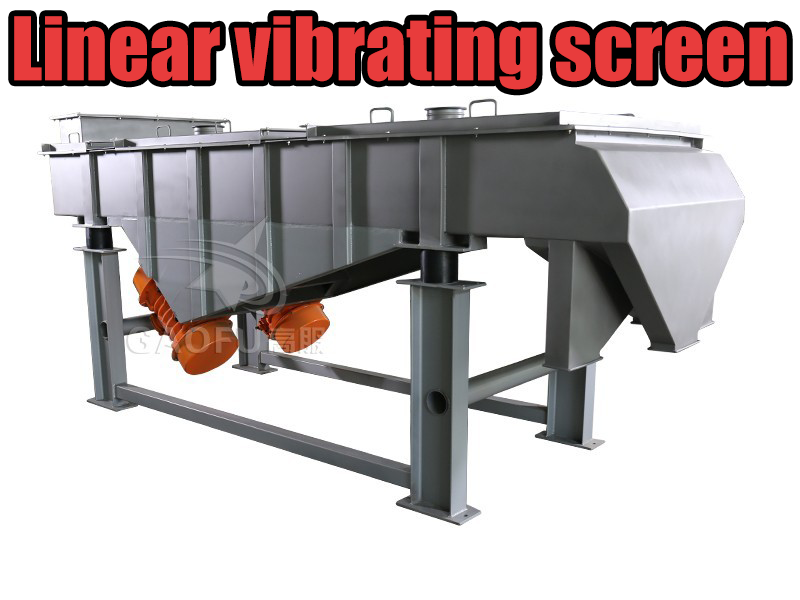In the world of abrasive material processing, precision and consistency are not just desirable—they're essential. From grinding media and industrial sand to polishing powders and blasting grit, the abrasive industry requires equipment that can deliver highly accurate particle classification while maintaining operational simplicity and durability. Among the many screening technologies available, the Linear Vibrating Screen has proven to be one of the most efficient and reliable solutions for abrasive material handling.

What is a Linear Vibrating Screen?
A linear vibrating screen is a screening machine that uses linear motion to transport and separate materials across a screening surface. Driven by dual vibrating motors, the machine generates a straight-line vibration that moves materials forward while stratifying them across one or multiple layers of screen mesh. This movement is especially effective for precise particle size separation, which is critical in abrasive manufacturing and processing.
Designed for Abrasive Screening
Abrasive materials—such as silicon carbide, alumina, garnet, quartz sand, or emery—are often extremely hard, irregularly shaped, and size-sensitive. Improper screening can result in uneven distribution, inconsistent particle grading, and damage to downstream equipment. The linear vibrating screen offers a robust, high-accuracy solution for these challenges.
Key Advantages of Linear Vibrating Screens in Abrasive Applications
1. Uniform Particle Size After Screening
One of the primary benefits of using a linear vibrating screen is its ability to deliver evenly sized particles. The consistent linear motion helps to distribute materials evenly across the screen surface, resulting in a uniform final product that meets strict size specifications.
2. High Screening Accuracy
The linear vibrating screen offers superior precision, allowing for the separation of fine particles from coarse ones with minimal error. Whether you're producing different grit sizes for grinding wheels or polishing compounds, the equipment ensures tight particle size distribution.
3. Simple Structure and Easy Maintenance
Unlike more complex screening systems, the linear vibrating screen features a straightforward, compact design. Fewer moving parts and an open structure make it easy to clean, inspect, and maintain. This translates to lower downtime and reduced maintenance costs, which is especially important in high-throughput environments.
4. Multi-Layer Customization
The machine can be configured with multiple screen layers, allowing users to separate materials into several particle size ranges simultaneously. This versatility increases productivity and reduces the need for additional processing steps.
5. Durability in Harsh Conditions
Given that abrasive materials are inherently harsh and wear-inducing, the linear screen is built using high-strength materials and optional abrasion-resistant linings. Its robust construction ensures long service life even under continuous operation in aggressive environments.
6. Energy Efficiency
Despite its powerful separation ability, the linear vibrating screen operates with low energy consumption, making it an environmentally and economically smart choice for large-scale abrasive producers.
Typical Applications in the Abrasive Industry
- Grinding media classification
- Polishing powder screening
- Silicon carbide sizing
- Garnet and quartz sand grading
- Blast media sorting
- Ceramic powder separation
Whether in initial raw material classification or final product refinement, the linear vibrating screen offers unparalleled precision and reliability.

